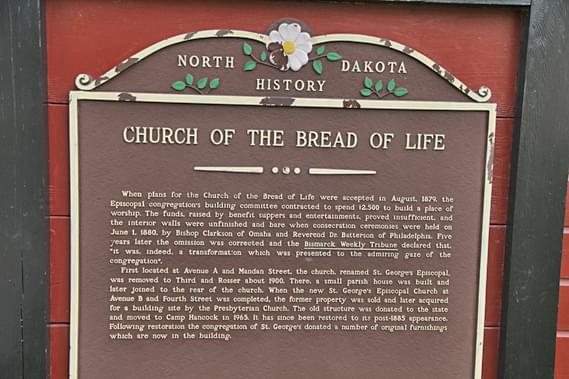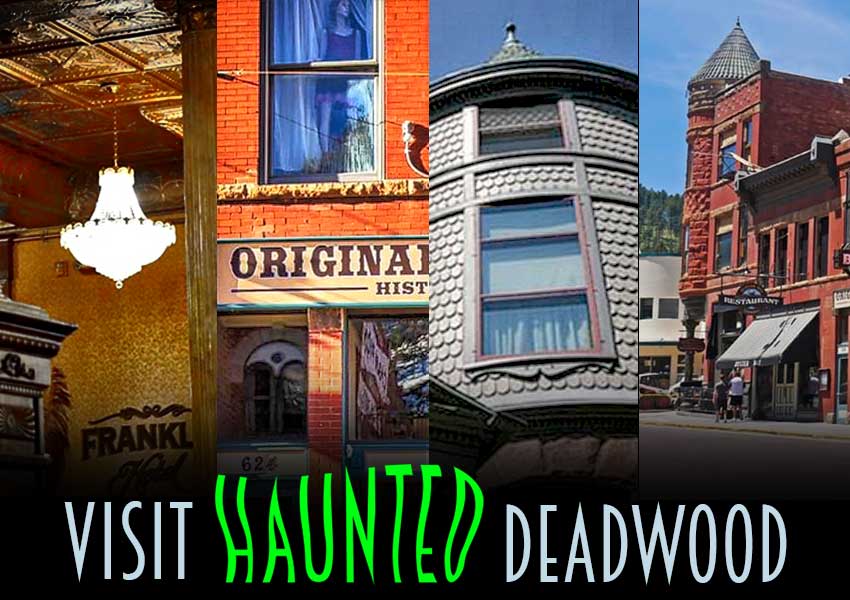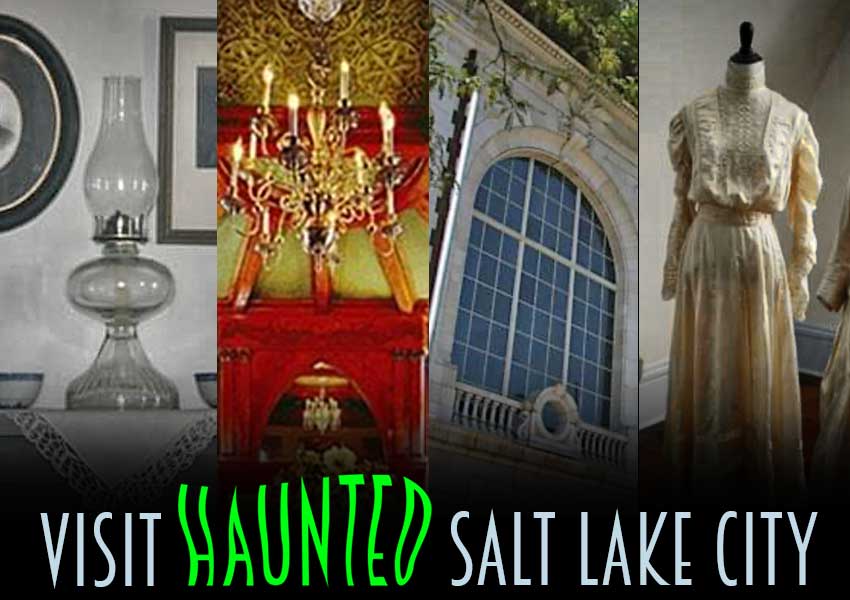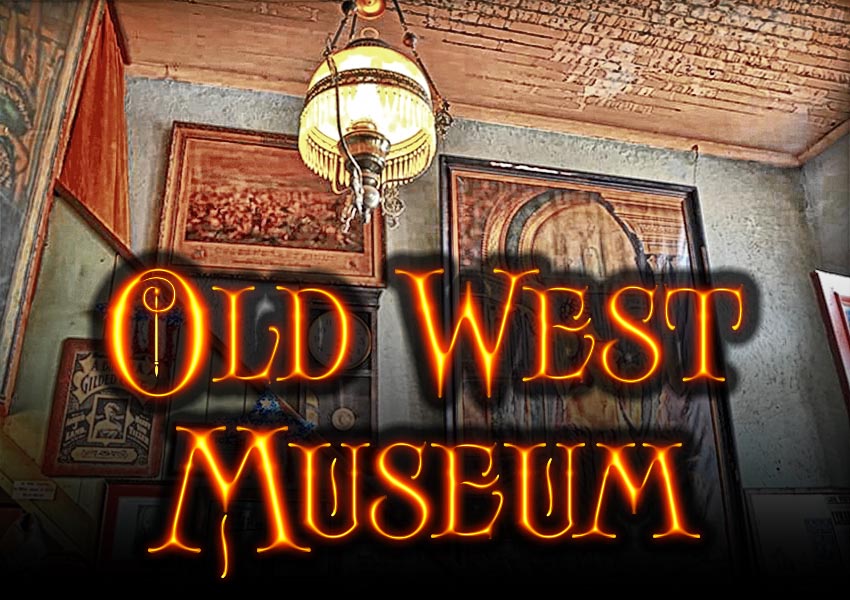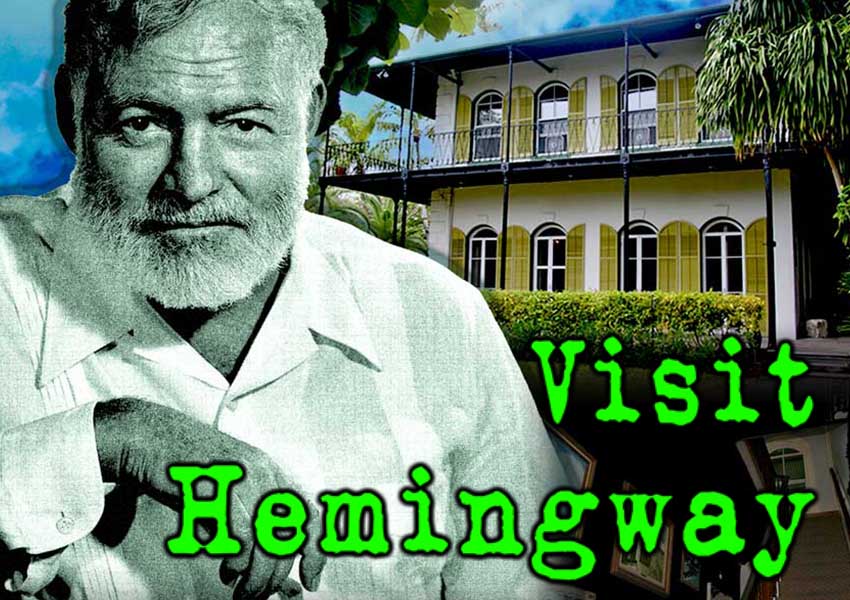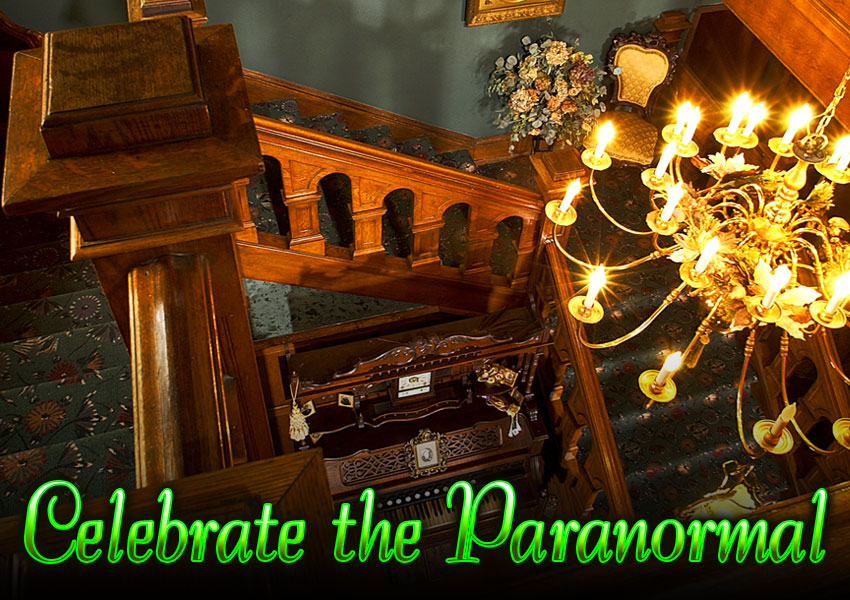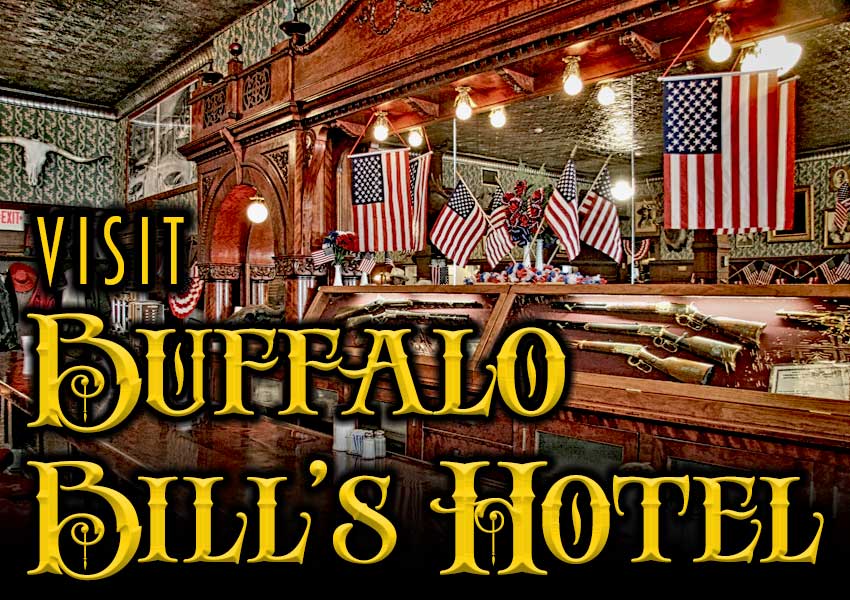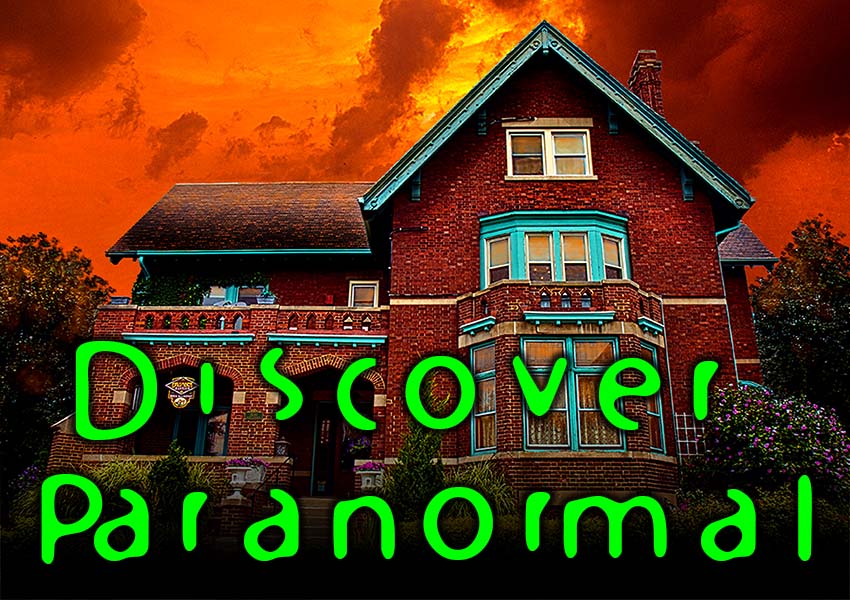Bismarck North Dakota
Bismarck Church
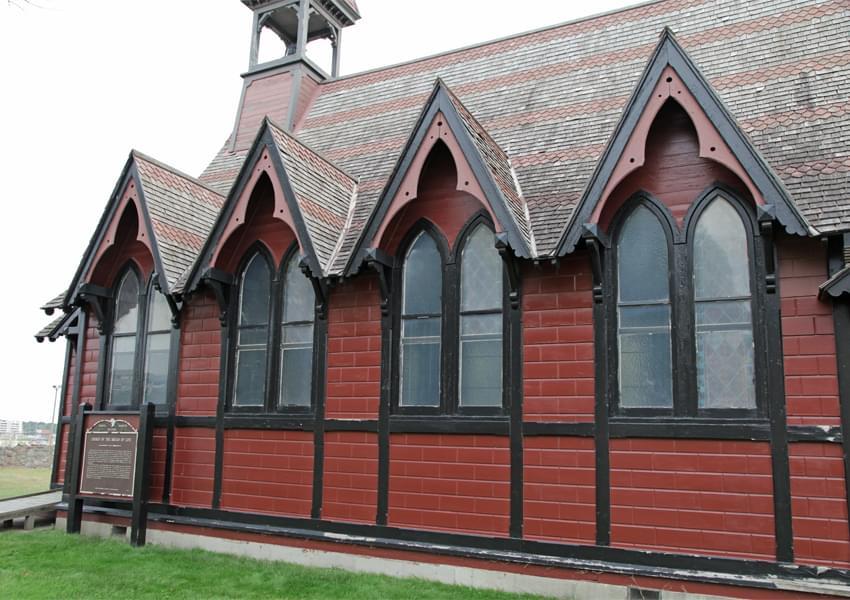
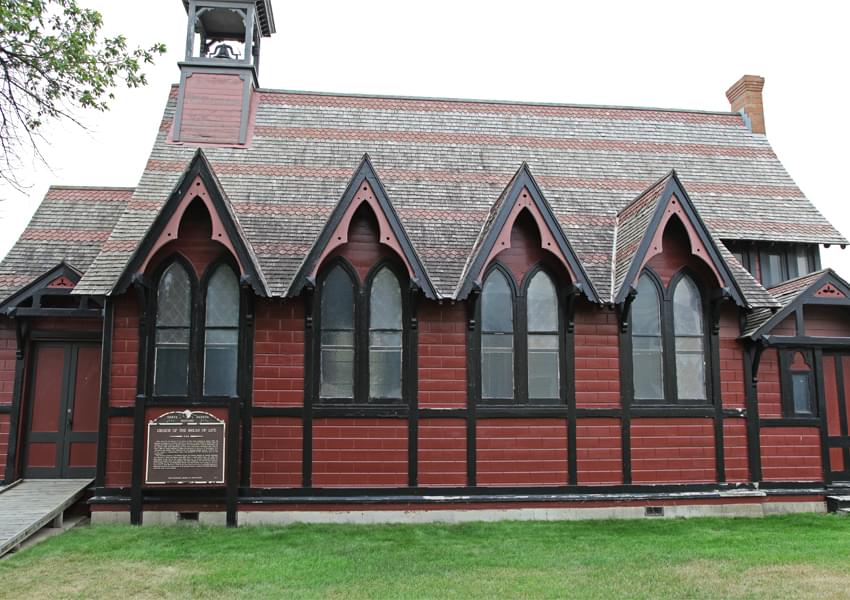
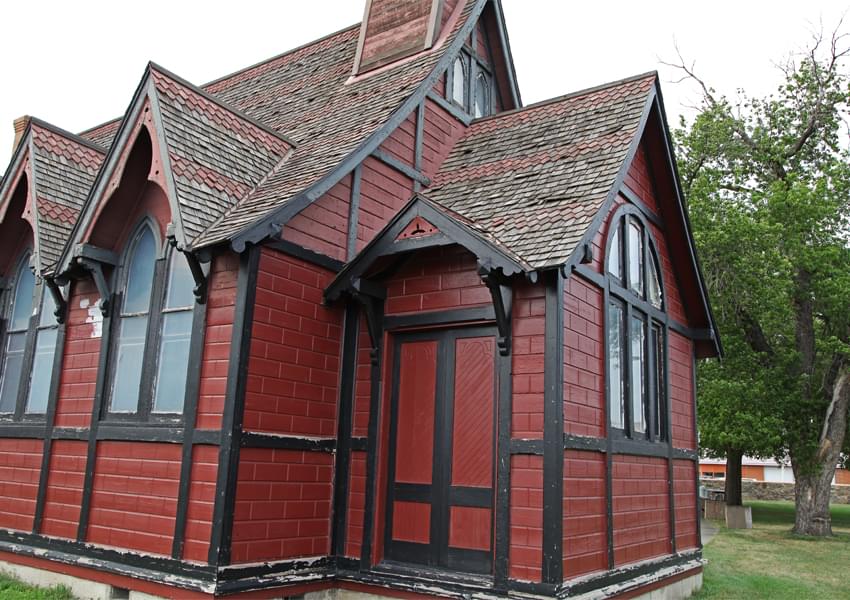
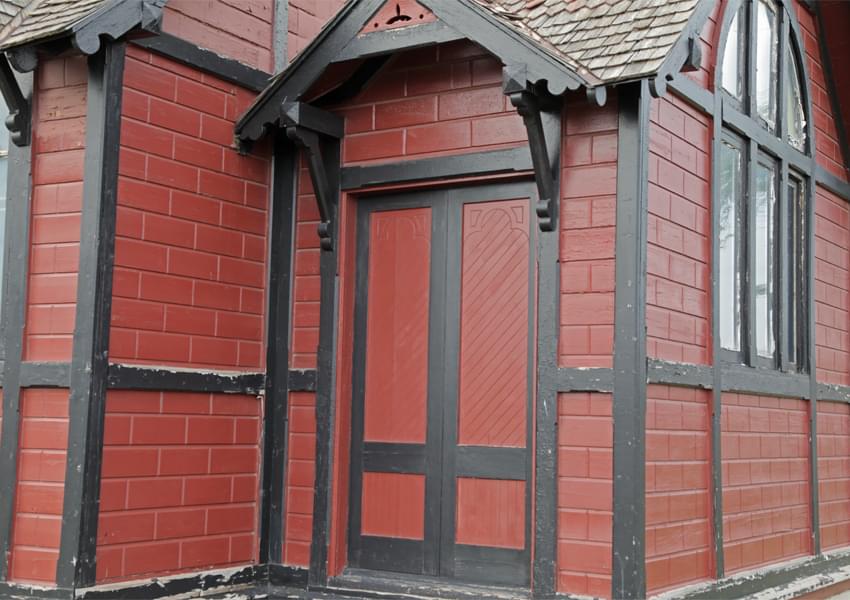

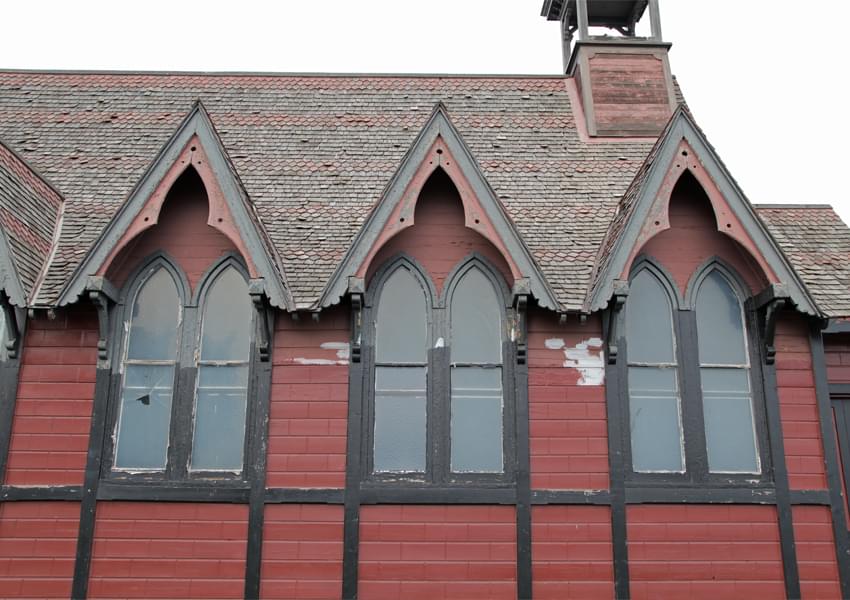
A spirit who lived a life of service still steps in and helps.
DESCRIPTION
St. George’s Episcopal Church is described by the National Directory of Historic Places as a “frame building consisting of a narthex, nave, chancel, and two small vestries flanking the chancel. The church is gothic style and has siding of the “Mount Vernon” type. Originally the structure had a belfry which has since been removed. The original wood shingle roof has been covered with asphalt shingles. Siding has been removed from the rear where a later addition was located and a brick chimney was removed prior to moving the building.”
The stain glass windows took a beating during the move, but they have all been repaired or replaced. The beautiful inside is as it has always been, except insulite was added on the ceiling.
The church is still used for weddings and recitals, as it is indeed a very handsome little church, constructed in love by artisans who knew what they were doing. The church has limited electrical, no heat or cooling, so no rentals during the cold winter months. There is room for eighty people to sit in the pews. The church can be rented for thirty-five dollars an hour, with a 6 hour limit.
The North Dakota State Historical Society takes great care of their properties; a strong partner in preserving the historical buildings of North Dakota. Besides Camp Hancock and St. George’s Episcopal Church, 70% of the buildings that are in Bismarck Historical Business District have been put on The National Register of Historic Places.

HISTORY
This church had its beginning in the winter of 1879-1880, being constructed on the corner of Ave. A and Mandan Street. It opened as The Bread of Life Church in 1881.
Some time later, it became Saint George’s Episcopal Church. It was much loved by people. Instead of tearing it down when it became too small, people took the trouble to preserve it and just move it. In 1900, it was moved to the corner of Rosser and Third Street; probably a bigger lot. An addition was added to the back of the church.
By the 1940s’, this well loved building was becoming too small and I bet needed to be modernized and renovated. In the mid-to-late forties, a new lot was purchased, and a bigger, more modern Saint George’s Memorial Church was built, and finished in 1949. Their historic old church was given to The State Historical Society, who moved it to Camp Hancock, and it was listed on the State Historic Sites Registry.
In 1971, Camp Hancock and all the other buildings, including the church that were under the care of the State Historical Society, became listed on the State Historic Sites Registry. In 1971, Camp Hancock and its buildings were listed on The National Directory of Historic Places, giving them even more protections.
HISTORY OF MANIFESTATIONS
People who live a life of service to the Lord, sometimes like to continue on in their outreach in this world, helping the living when needed on a level that they can manage in spirit-form.
Apparently, The Bismarck Historical Society has a volunteer greeter and docent in spirit form who helps with the tourists
MANIFESTATIONS
Entity of an Episcopal Priest – described as a gracious, gentle soul.
Described by visitors to the church as being in solid form, acting very much like he was alive. He greets them at the door, and when they enter the sanctuary, and when the visitors no longer need him, he quietly disappears, not wanting to frighten anyone.
Sometimes people don’t ever realize that he was a spirit and think he is a hired docent. Imagine their surprise when they find out from staff that he is indeed a retired priest in spirit.
He has been seen as well on the grounds surrounding the church, happily going about his business.

STILL HAUNTED?
Probably so! Many people have actually interacted with him, and thought he was a real person.
The Bismarck Historical Society welcomes volunteers; both alive and in spirit form.
Many personal experiences with this kind soul have been reported, but no hard evidence has been captured.
LOCATION
Camp Hancock Historic Site
101 East Main Avenue,
Bismarck, ND
info@bismarckhistory.org
St. George’s Episcopal Church, also called The Bread of Life Church in some publications, can be found in Bismarck’s Camp Hancock Historic Park, on East Main St.,on the very southern street of Bismarck, right by the railroad tracks, leading to the old train depot. Camp Hancock and St. George’s Episcopal Church is listed on both the State Historic Sites Registry and on the National Register of Historic places because of its military history.

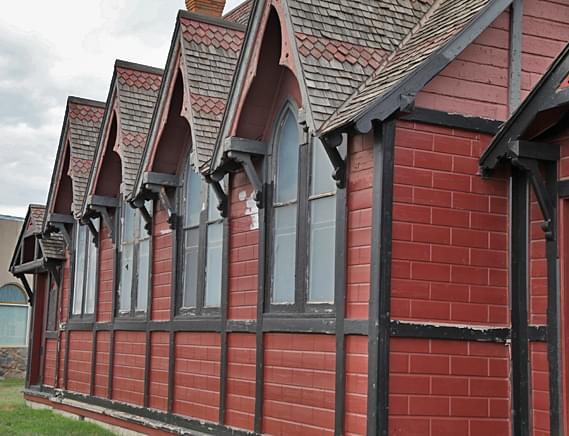
SOURCES INCLUDE
- Spooky, Creepy North Dakota, by Lori L. Orser, Schiffer Publishing LTD, 2010.
- bismarckhistory.org
Our Haunted Paranormal Stories are Written by Julie Carr
